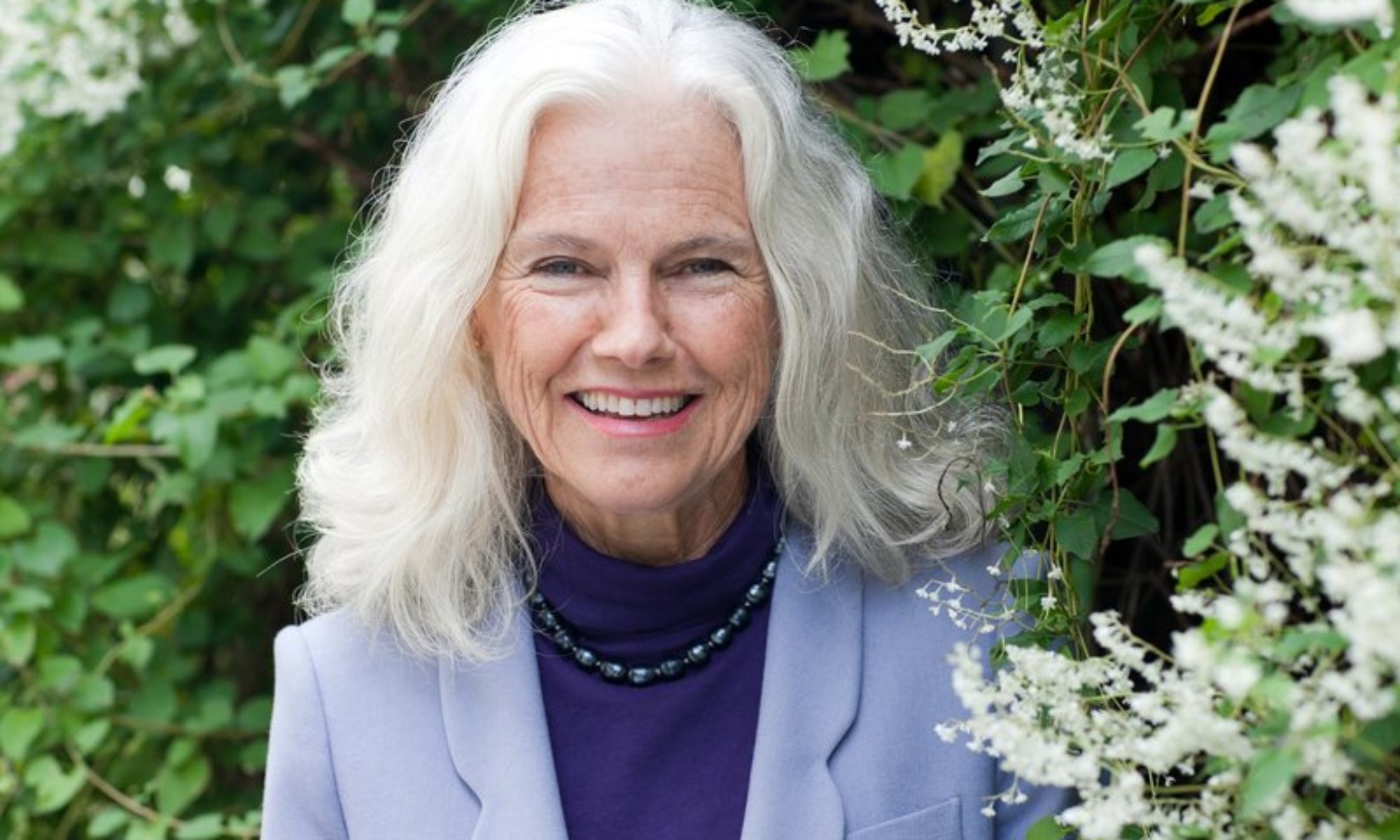Another chapter on the Brontes
By Casey N. Cep December 28, 2009
There are many famous literary marriages, but only a few families whose shared genius earned more than one member a place in the history of literature. Americans have the Jameses, but the English have the Brontës.
Charlotte, Emily, and Anne Brontë – or Currer, Ellis, and Acton Bell as they were known pseudonymously to their contemporaries – produced some of the most beloved novels of the English language. Between mourning the early loss of their mother and two older sisters, fighting for their father’s affections, rescuing their prodigal brother from his addictions, worrying over their finances as children of a country curate, educating intolerable pupils as governesses, and pursuing love affairs, they found the energy and resolve to write “Jane Eyre,’’ “Wuthering Heights,’’ “Agnes Grey,’’ “The Tenant of Wildfell Hall,’’ “Shirley,’’ “Villette,’’ and “The Professor.’’
The celebrated, usually exaggerated conditions in which they wrote their novels, poems, and childhood fantasies, described most often as cloistered or incestuous, have already fueled biographers and mythmakers. Sheila Kohler’s passionate novel is a fresh contribution to Brontë legendry.
“Becoming Jane Eyre’’ begins and ends with “the scratching of a pencil,’’ an appreciable detail in a novel that refuses to be distracted from the simple but sophisticated act of literary creation. Kohler’s fictional chronicle travels Manchester, Haworth, and London while volleying between the voices of Charlotte, Anne, Emily, their father Patrick, their brother Branwell, and their servants. But Kohler stays concentrated on conjuring the sounds of pencils producing words and the rustling of packaging materials protecting manuscripts as they move from parsonage to publishers.
Kohler’s novel opens in 1846, the year the sisters published their joint volume of poetry, submitted their first novels for publication, and commenced work on their second novels. Kohler seizes on the eldest sister, Charlotte, whose “new story of an orphan’’ comes to life in the dim squalor of her father’s recovery room after he undergoes cataract surgery. With great awareness of creativity’s curiosities, Kohler dramatizes Charlotte’s decisions to “not hide behind the persona of a man’’ and to “avoid mawkishness by creating the complexity of a real child’s mind.’’
Kohler reveals her own knowledge of character in a beautiful account of Charlotte naming her heroine: “It comes to her out of thin air . . . a name that conjures up duty and dullness, childhood and obedience, but also spirit and liberty, a sprite’s name, a fairy’s name, half spirit, half flesh, light in darkness, truth amid hypocrisy, the name of one who sees: Jane Eyre.’’ Her language is playfully imitative of the Brontës’ own gothic-romantic style: Patrick wakes as “small fingers brush his face like a cobweb’’ and Charlotte writes because “an idea comes scurrying into her mind like a mouse.’’
But Kohler’s novel is not all easeful poetry. She does not shy away from the jealousy and rivalry of these sisters, the difficulties they faced in finding the courage to write in an era unreceptive to female authors, or the fecklessness with which they loved unavailable men. She refuses to flinch at the successive deaths of Branwell, Emily, and Anne or even the death of her chosen subject, foretelling Charlotte’s passing in childbirth.
It is in Charlotte’s solitude that Kohler finds the greatest empathy. “Above all,’’ Kohler writes of this dark, lonely period, “she would like to share what she has written with her dead sisters, as they had so often done . . . walking together around the dining room table arm in arm . . . encouraging, criticizing, laughing in the freedom of the dark.’’ With an appreciation for their craft and sympathy for their difficult profession, Kohler’s “Becoming Jane Eyre’’ is a tender telling of the Brontë family’s saga and the stories they told.
